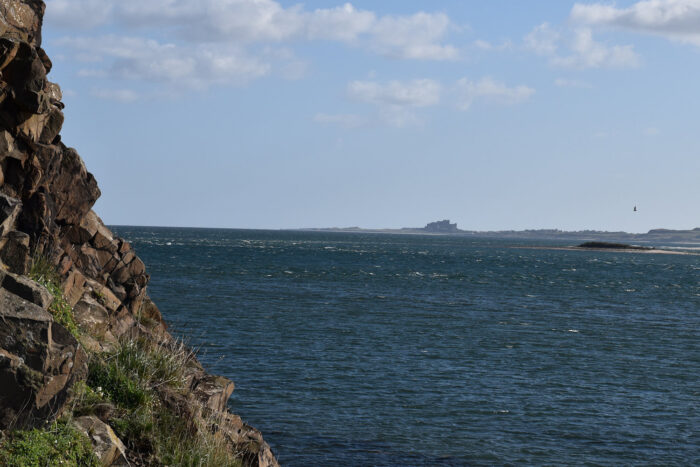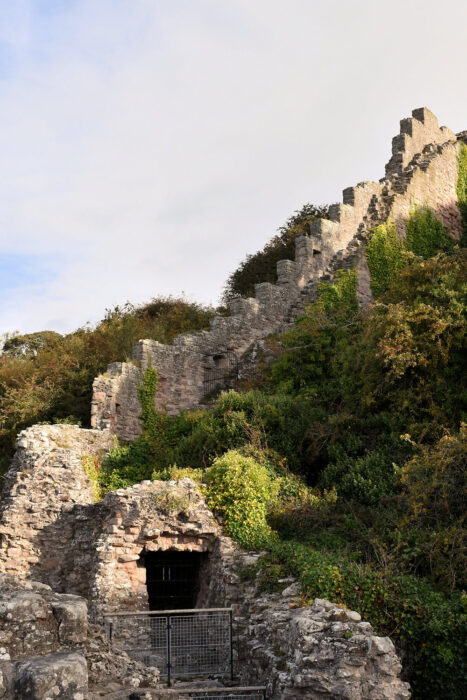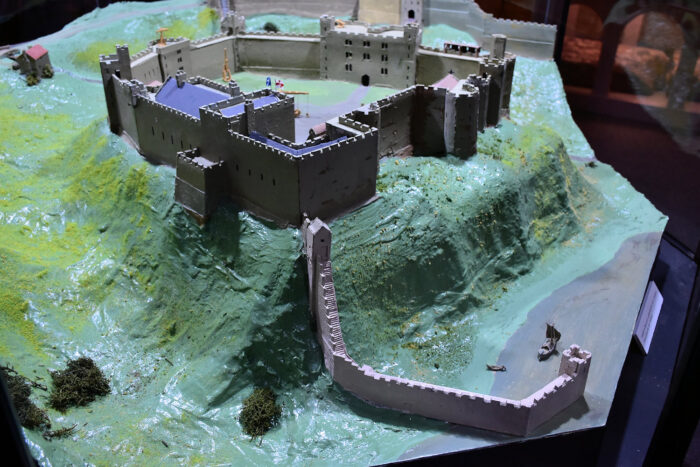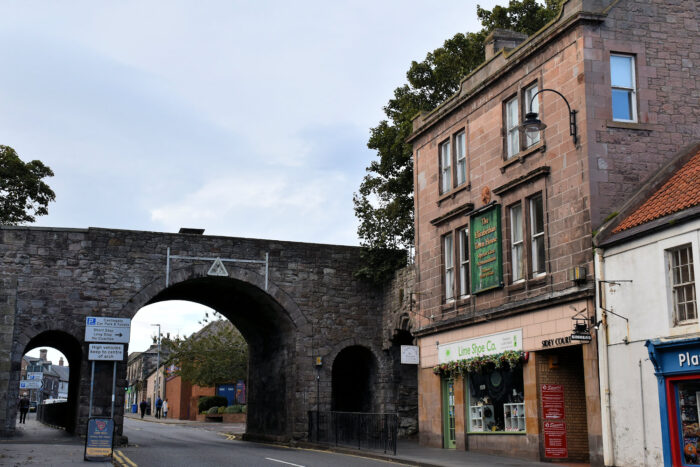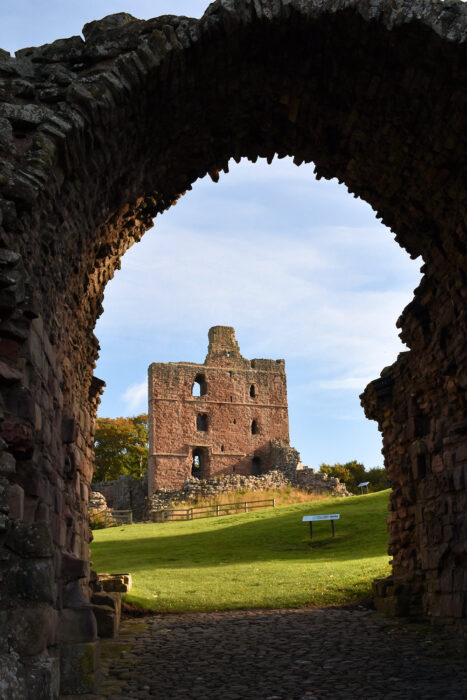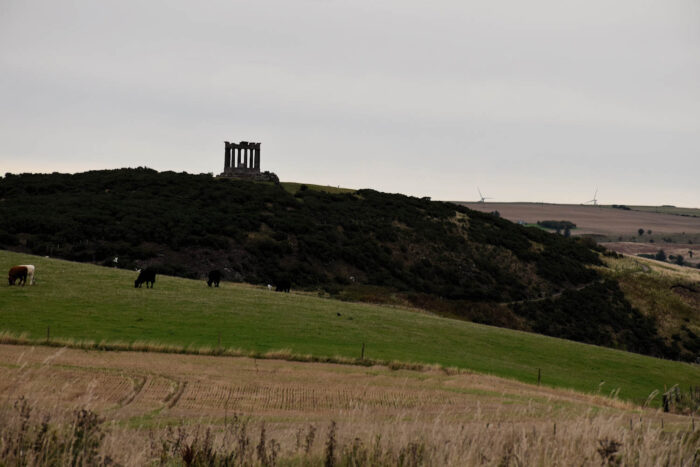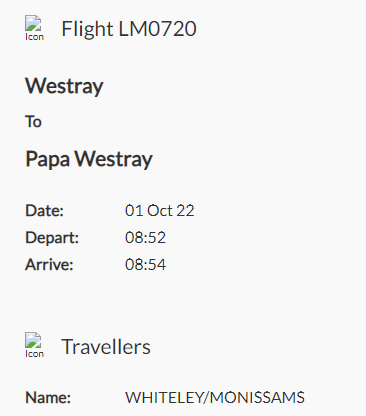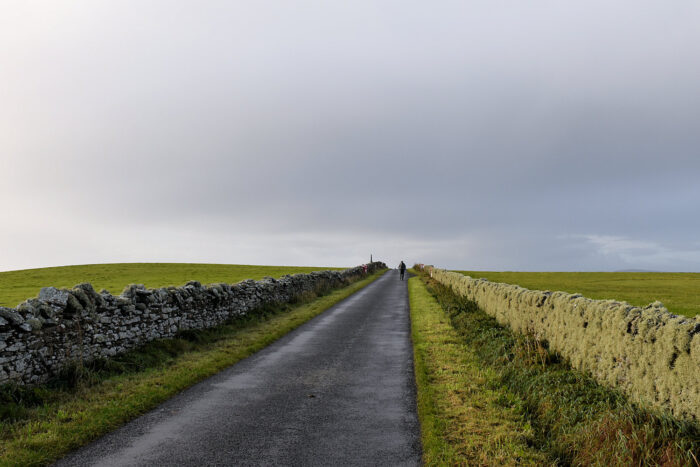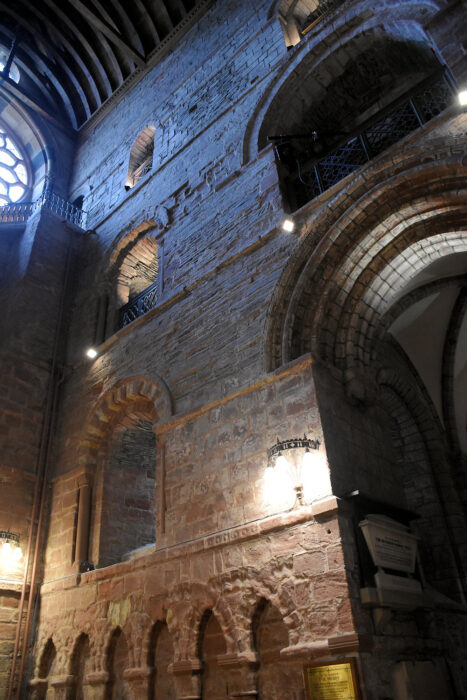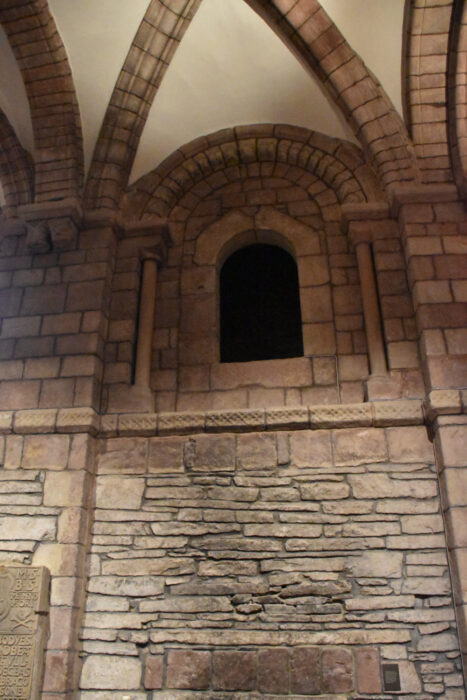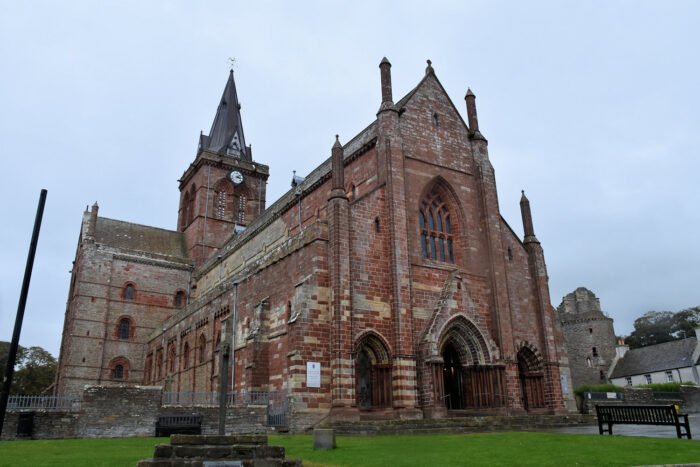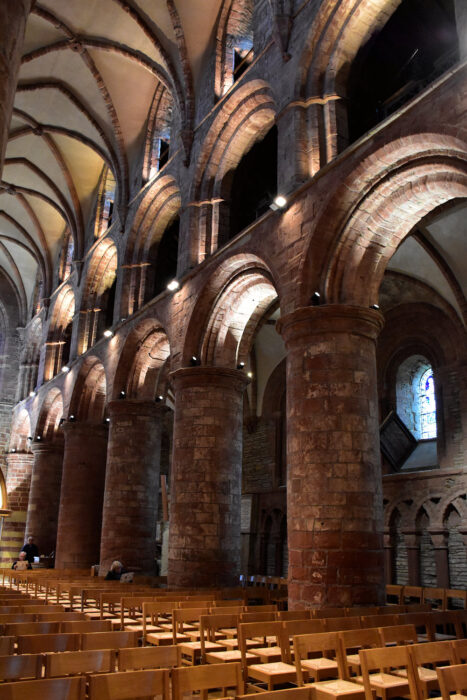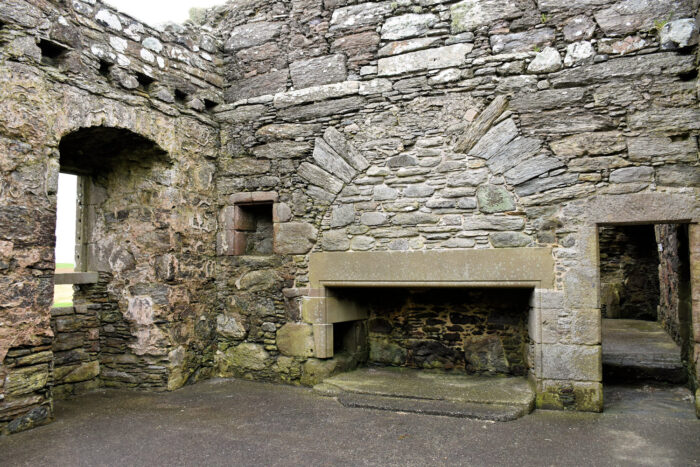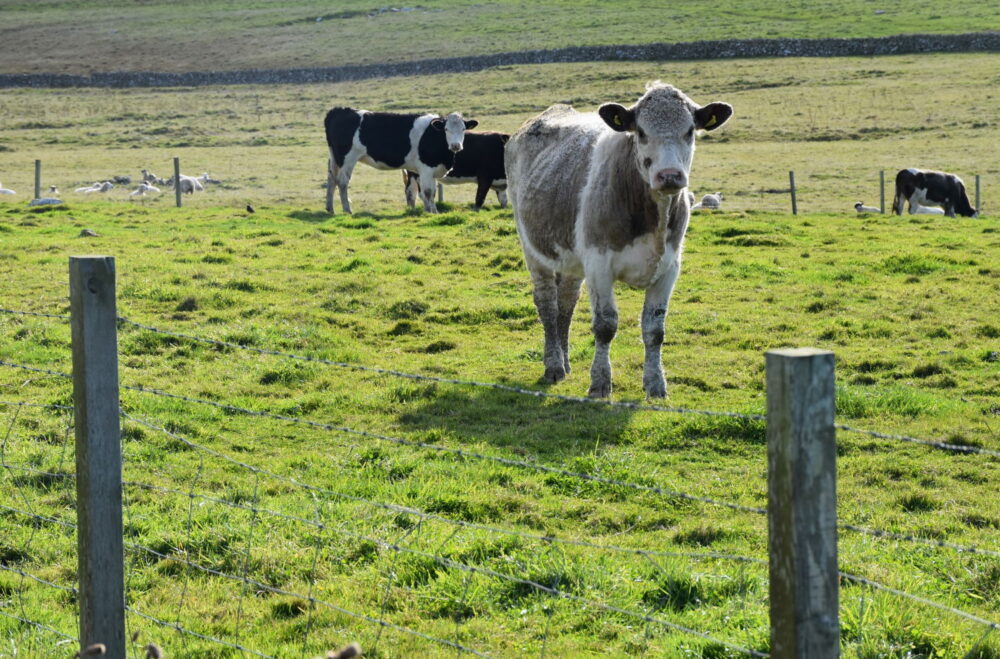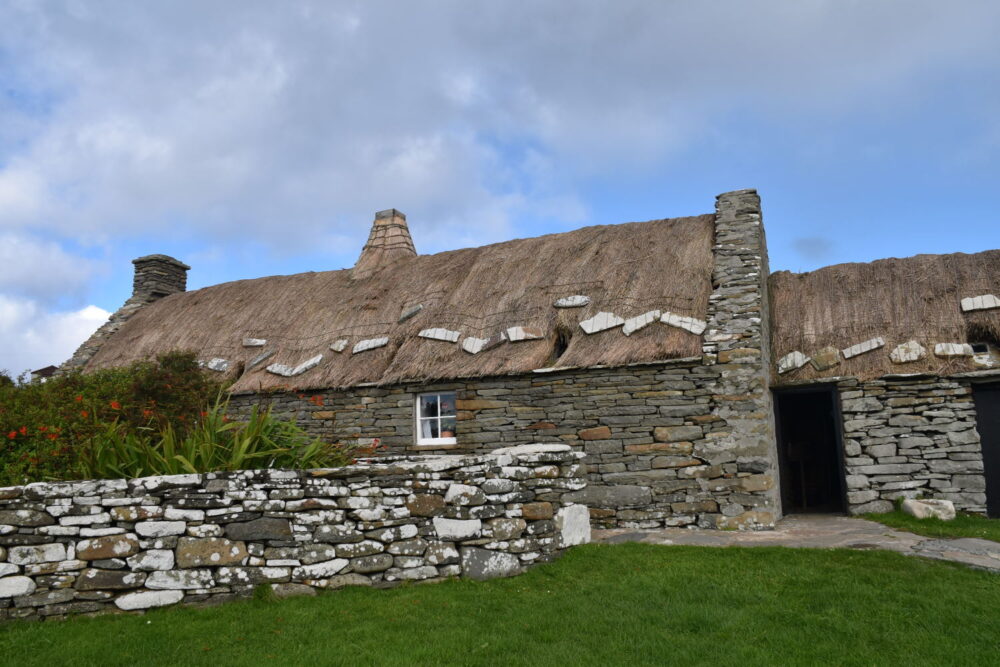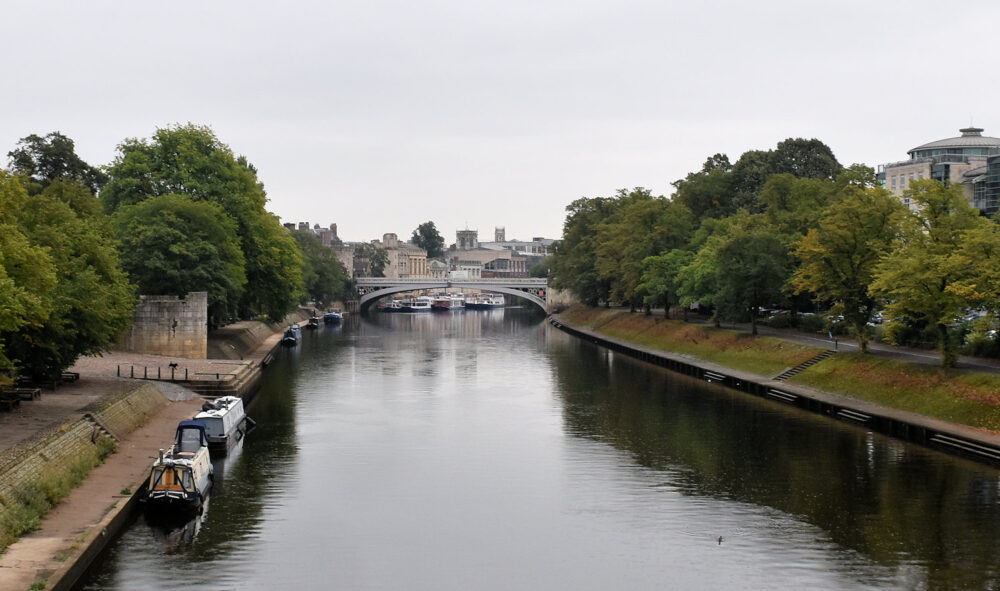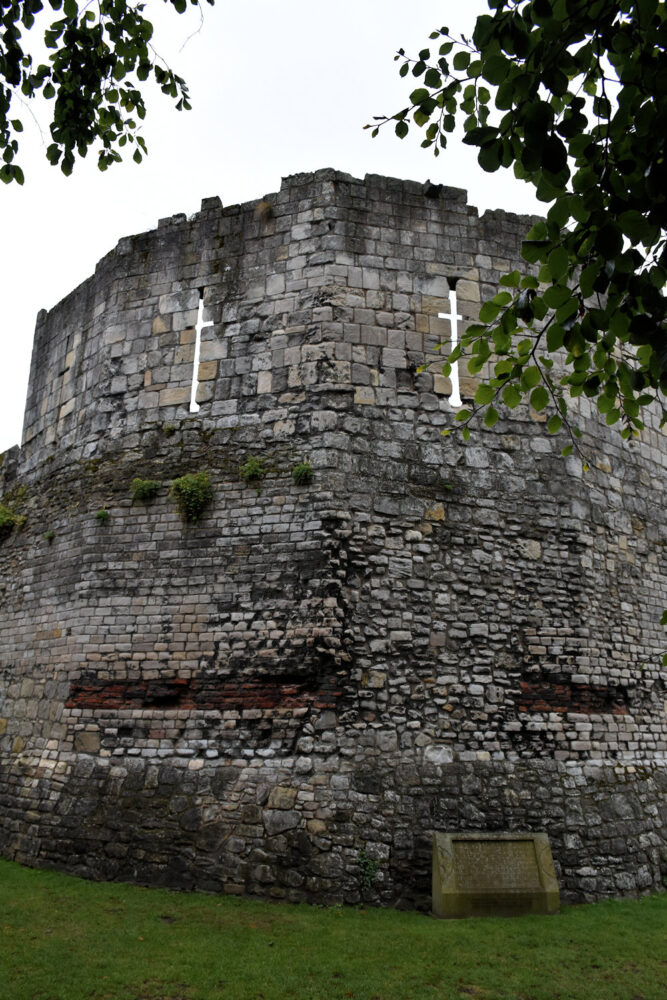South of Berwick, just off the coast, is Holy Island, a tidal island with an interesting history. It can only be accessed when the tide is low enough to expose the causeway. So if you want to visit, it has to either be during this low tide time, or an overnight stay. Today, the low time ended about 1.35 pm, which meant at 1 pm everything started closing. As most places don’t open until 10 am, it’s not a long visiting period. Fortunately, I stayed overnight.
There are two main attractions on Holy Island. The Prior and (seen in the background here) and the castle that is not a castle.
There is also a good view of the castle that is a castle, but that’s on other other side of the water so we’ll ignore it.

